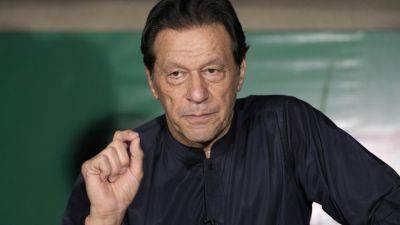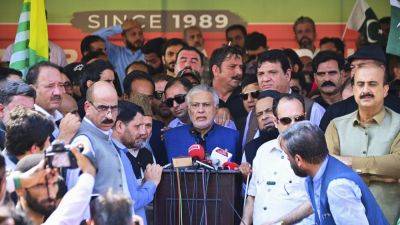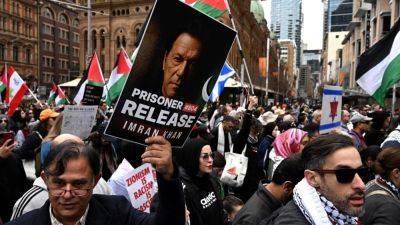Q&A: Uncovering Pakistan’s fight against polio
Despite a heavy flow of funding and regular campaigns, Pakistan has been unable to eradicate polio.
Pakistan is one of only two countries in the world where the poliovirus is still endemic – the other being neighbouring Afghanistan.
Since 2015, Pakistan has reported 362 polio cases, including 13 this year so far. One of the victims, a two-year-old boy, died in May, while some others have been paralysed.
This year, six campaigns, targeting over 43 million children, have been undertaken.
However, despite administering more than 300 million doses of oral vaccine annually with the help of at least 350,000 vaccinators and an expenditure of more than $9.3bn from 2013 to 2023, the country has been unable to eradicate polio.
Al Jazeera speaks to Dr Hamid Jafari, WHO’s regional director of polio eradication, on the current situation and the prospects of Pakistan eradicating polio.
Al Jazeera: How have things been in the last decade and where are we now?
Hamid Jafari: Over the last decade, the polio eradication effort has gone through multiple ups and downs. Polio is an epidemic-prone infection and disease. If you don’t eradicate it, you will see sporadic outbreaks. That’s why Pakistan and Afghanistan haven’t succeeded in stopping its transmission. They go through periods of very few cases and detections and then there’s a resurgence and you get an outbreak.
There are often events that are political or security related or a decline in programme quality that leads to an increase in the number of under-vaccinated children and then you get an outbreak.
In the last 10 years, we’ve seen strong progress. In 2020, there were around 12 genetic clusters. Now only two have survived. One on the Pakistani side and then there’s the YB3A in







